When purchasing routers, you can often see advertisements from brand routers that say “N high-power FEMs are used, and the signal is super strong”. So what is front end module (FEM)? Is the signal really strong when router comes with front end module? So we’re going to talk about this FEM that replaced “multi-antenna” as the new term for router advertising.
What is a front end module?
FEM, the abbreviation of Front-End Modules, WiFi-FEM refers to a series of RF front-end circuits used for WiFi communication, such as power amplifier (PA), RF switch, low noise amplifier (LNA) and module with integrated filter and duplexer. At present, the form of integrated power amplifier, RF switch and low noise amplifier is the mainstream integration method of WiFi-FEM products. The PA amplifies the transmitted signal, the LNA amplifies the received signal, and the rf switch acts as the signal transmission and reception switch.
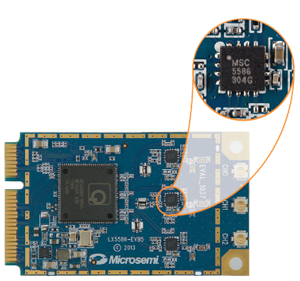
Why is the front end module rising?
Era of WiFi 4
In the early days of the WiFi 4 era (only 2.4GHz band), the advertisements that everyone saw were mainly “there are many antennas, so the signal is strong”. At that time, routers basically did not adopt the front end module design. This is because the power amplifier and low-noise amplifier were mainly designed with CMOS technology, and were directly integrated in the WiFi transceiver chip circuit. In addition, the 2.4GHz frequency band itself has relatively strong penetrating power, that it can have good signal penetration and propagation even if the signal power is not strong. So 2.4GHz frequency band does not need external PA, LNA and front end module circuits.(Read also 3G/4G Router)
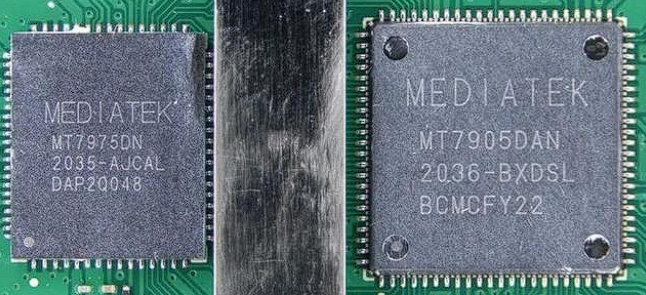
Era of WiFi 5 and WiFi 6
In the era of WiFi 5 and WiFi 6, due to the high attenuation of high-frequency 5GHz signals, external front end module circuits are often used to improve the transmitted signal gain and ensure the efficiency and distance of long-distance communication. Therefore, WiFi-FEM has gradually become a standard chip in smartphones, and has gradually become a new market for traditional RF front-end chip manufacturers.(Read also 5GHz Router)
In dual-band gigabit routers, it has also been found that not only the 5GHz signal cannot achieve high power by the power amplifier and low noise amplifier circuit of the main chip, but also due to the limitation of chip size, it is difficult to integrate different amplifier circuits of 2.4GHz and 5GHz in one chip at the same time. It will lead to a huge volume of the main network chip, and it is also hard to control the heat generation and power consumption. Therefore, a set of external front end module chips has become the mainstream solution of various solution providers at this time.
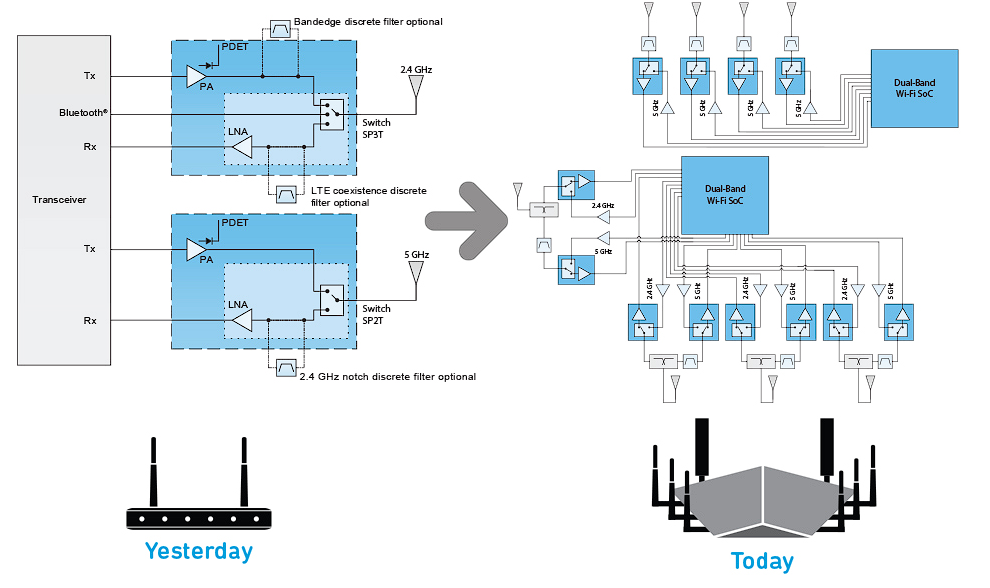
Why are there as many front end modules as antennas?
The core wireless connection chips in routers include Tx/Rx transceiver chips and RF front-end chips. With the higher requirements of WiFi6 on transmit power and linearity performance indicators, the unit price of WiFi-FEM has doubled, and with the application of multiple antennas MIMO (MU-MIMO), a single-channel MIMO actually requires a set of front end modules to process the signal of this wireless data stream, so the WiFi-FEM usage of a single router is also significantly increased. To put it simply, 2X2MIMO is possible to use 4 front end module chips, while 4X4 MIMO generally requires up to 8 front end module chips.
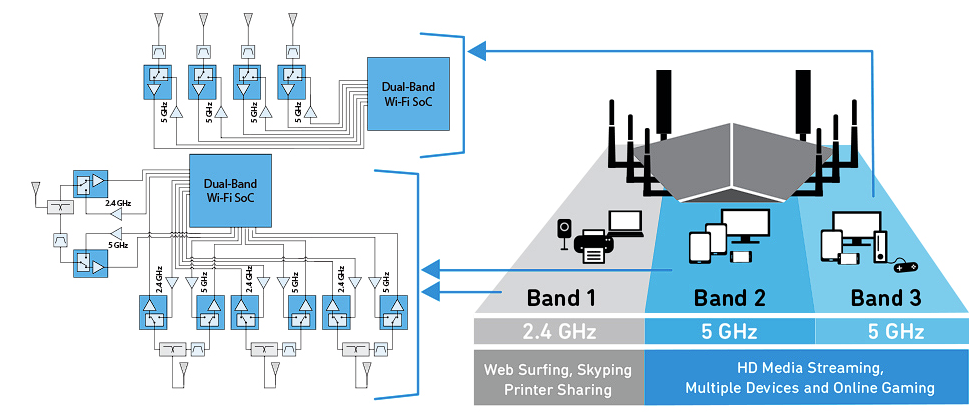
If the router comes with FEM, will signal be strong?
In the field of 5G frequency bands, this statement has some validity. However, many powerful and highly integrated SOC solutions also put the 2.4GHz frequency band amplifier circuit directly into the network switching chip, so the statement is not necessarily true.
The current mid and high-end routers not only process the MIMO of each antenna through front end module, but also process related frequency band signals by allocating different frequency band FEMs. For example, the ASUS TUF-AX3000 dual-band router has different FEM chips for 2.4G and 5G. The entry-level XDR3020 V2 router is still a low-end traditional MTK solution. It does not use an external front end module, but is integrated in the MT7976C chip. Due to the size of the chip, it can only achieve 2×2 mimo. In addition, the data transfer rate of Wi-Fi 6 routers is already close to 10Gbps. However, there is another core issue that determines the signal strength of front end module, which is the signal strength and transmit power.
Why is the front end module critical?
To avoid getting bogged down in complex RF design issues, router R&D design teams often use pre-integrated RF products such as FEMs to save time and effort. Especially in high-end mobile Wi-Fi 6/6E systems, FEM is an important part of the design. For Wi-Fi 6/6E router systems, discrete solutions have been used in the past, with each radio being fixed on a specific frequency. Therefore, to achieve broadband operation, manufacturers typically place a 5GHz FEM, a 6GHz FEM, and switching elements.
But earlier this year, Qorvo, the world’s leading provider of RF solutions, announced an integrated solution, the QPF4730 module. It is the first broadband FEM capable of supporting the 5.1~7.1 GHz frequency band with a single module, providing Wi-Fi 6/6E Full frequency support. The QPF4730 module flexibly provides comprehensive high-band support while reducing the board space required for Wi-Fi 6E upgrades. That greatly improves the performance, capacity and flexibility of the overall system.
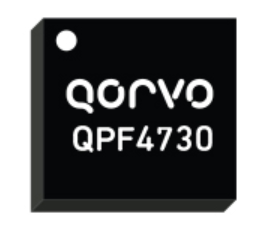
Advantages of an integrated front end module
Taking Qorvo’s newly launched QPF4730 module as an example, there are three main advantages.
- Simplify the design. In the past, discrete design solutions required different materials to support the 5GHz and 6GHz frequency bands, but this integrated solution only uses one material.
- It is suitable for low-power applications, mainly matching enterprise-level application limitations, such as being attached to the roof of an office or placed on a utility pole. Such applications have limitations on power consumption and volume, and this type of router often does not supply power independently. , but is powered over Ethernet (POE).
- It has the expansion flexibility of emerging consumer applications. Although Wi-Fi 6E mainly meets enterprise-level applications, its high-speed transmission and low latency will provide a solid network foundation for emerging applications such as VR (virtual reality) in homes and small retailers.
Final Thoughts
With the introduction of integrated front end modules such as QPF4730, networking routers have more choices. Wifi routers with discrete solutions are suitable for high-power, large-area applications that do not require Power over Ethernet (PoE), such as stadiums, department stores, etc. Routers with integrated FEM solutions are more suitable for ceiling-mounted, power over Ethernet, and low-cost scenarios. Therefore, when purchasing networking routers, you need to ask the customer service about the relevant FEM situation, and then check the relevant parameters, then at least from the data, you will know which router may have stronger signal performance and which router is more suitable for your needs.
Read more: iot router and 2.5gb router.
